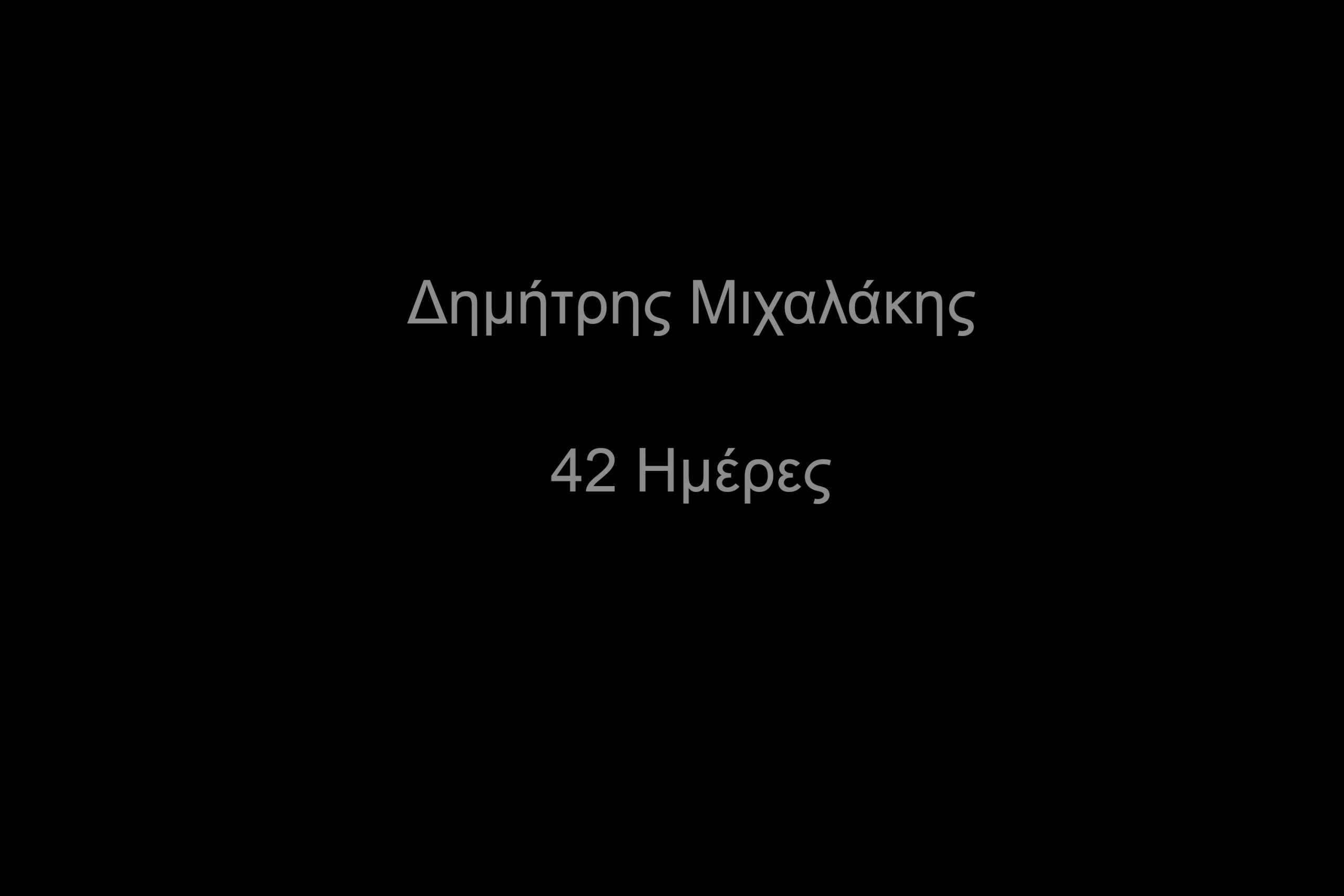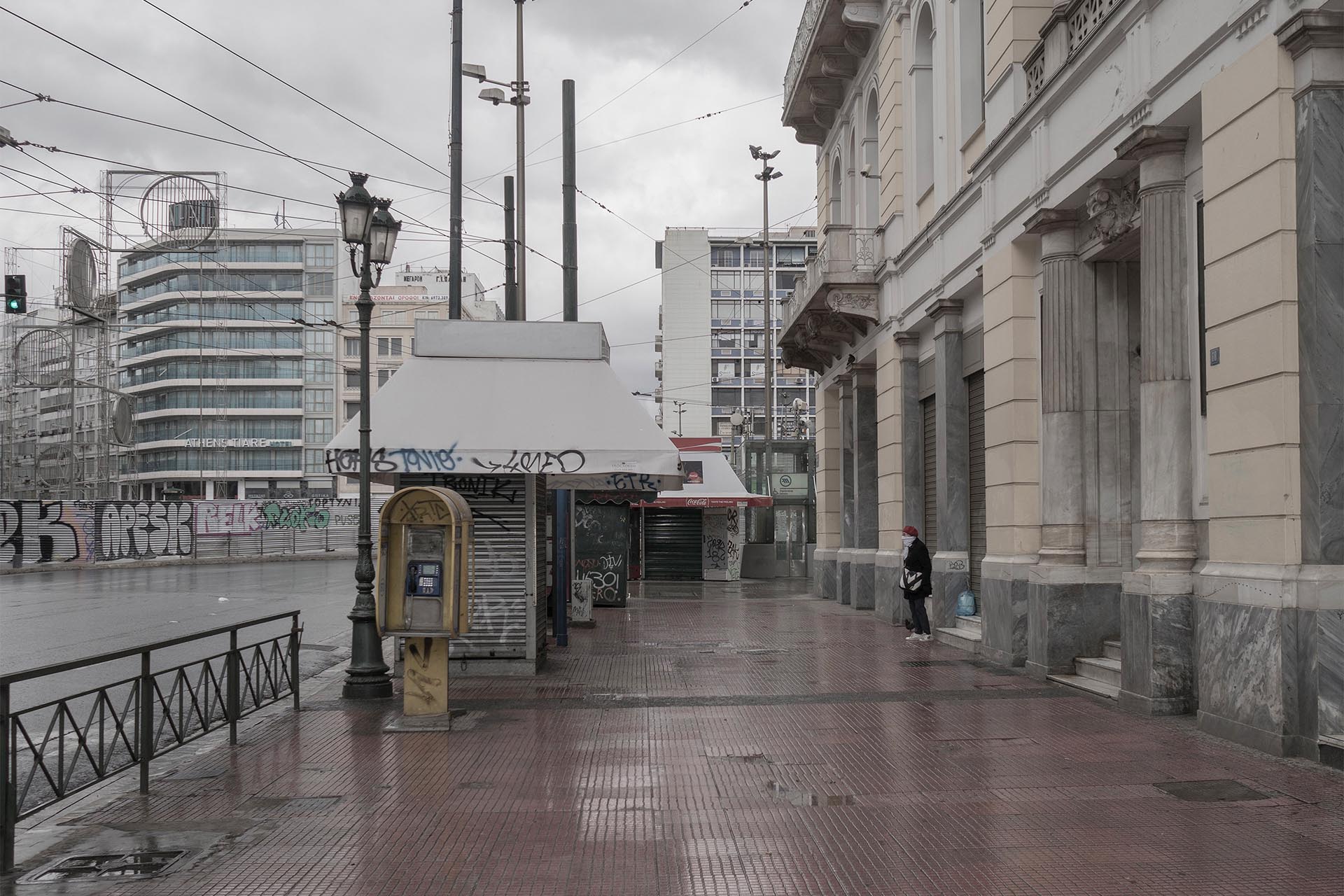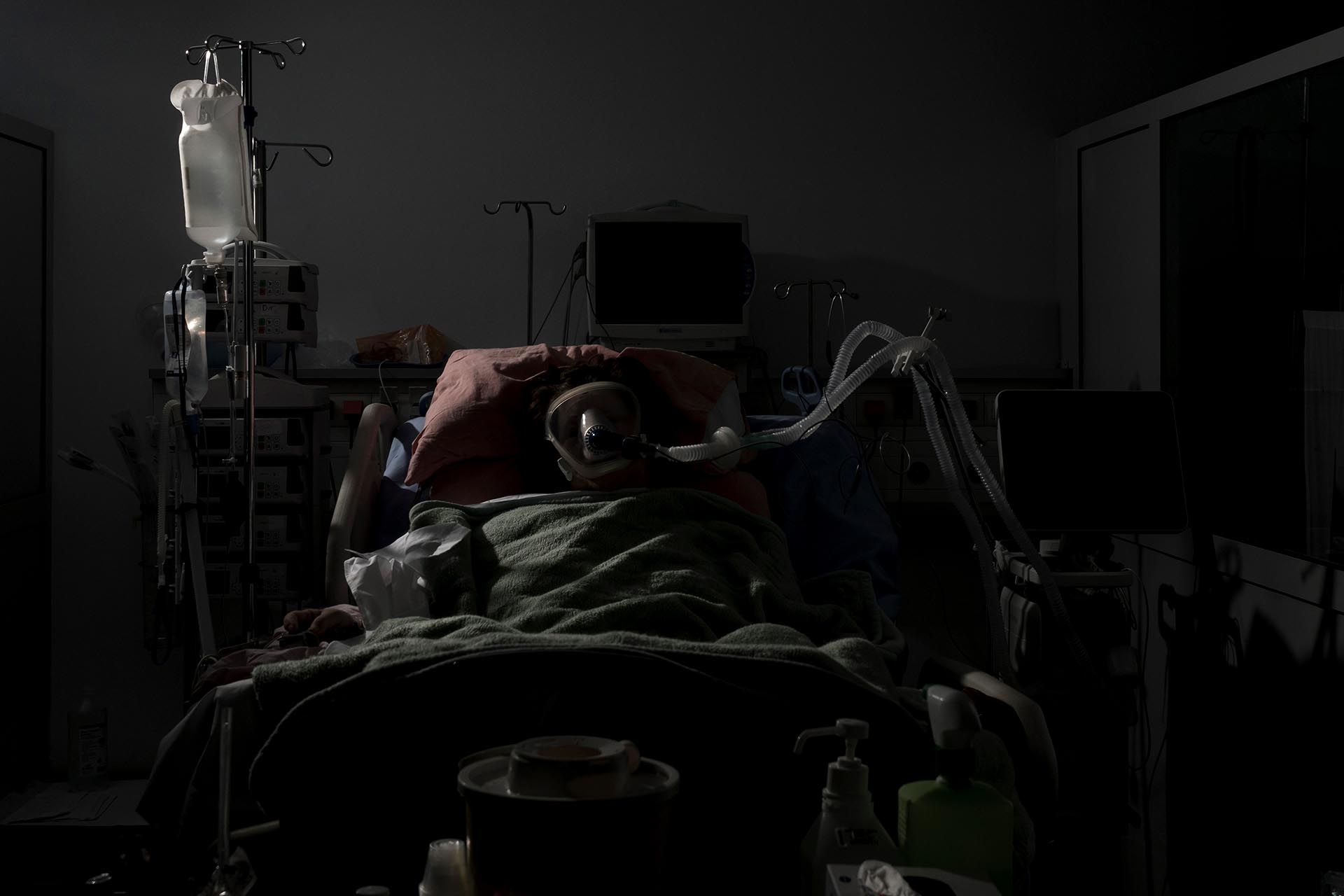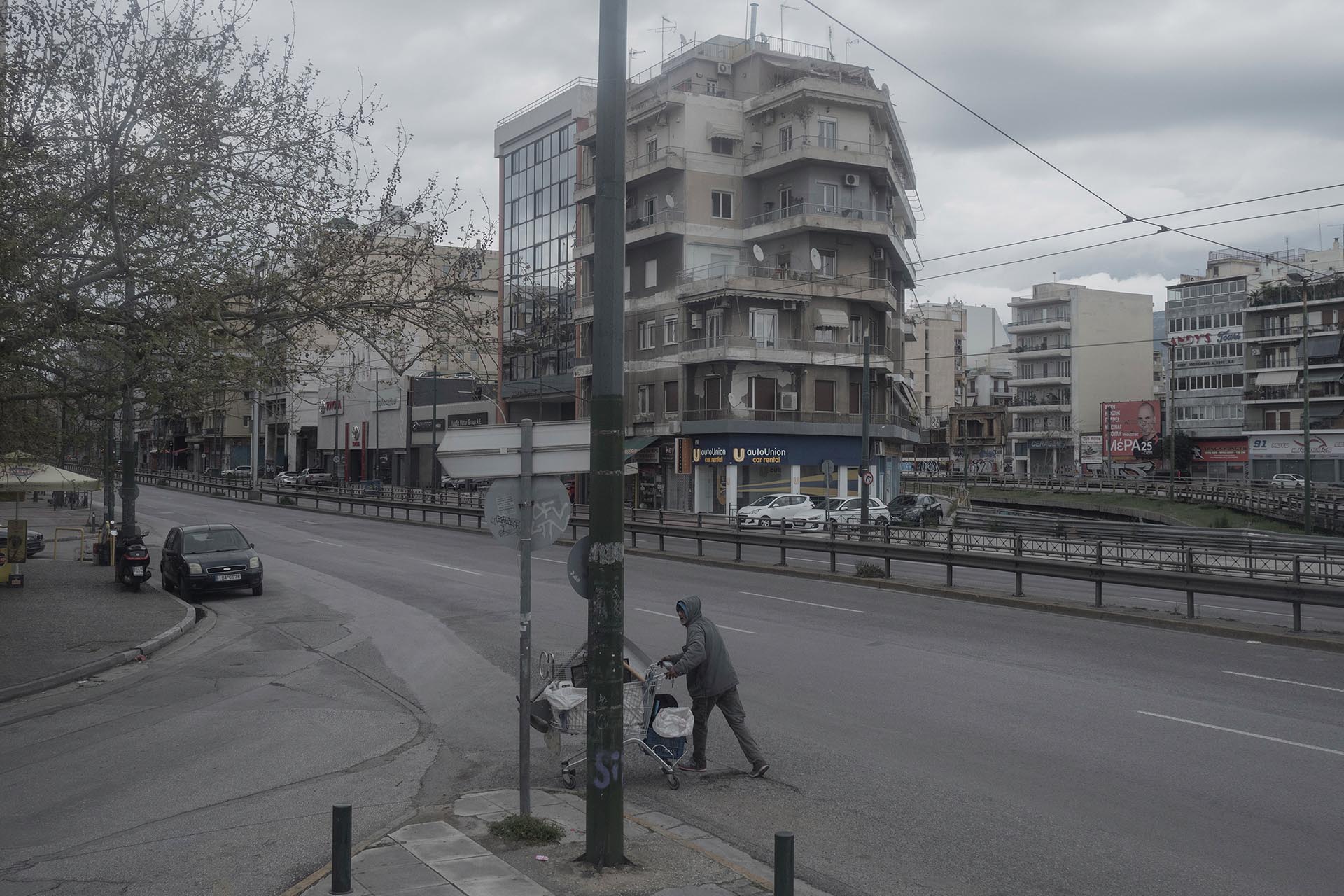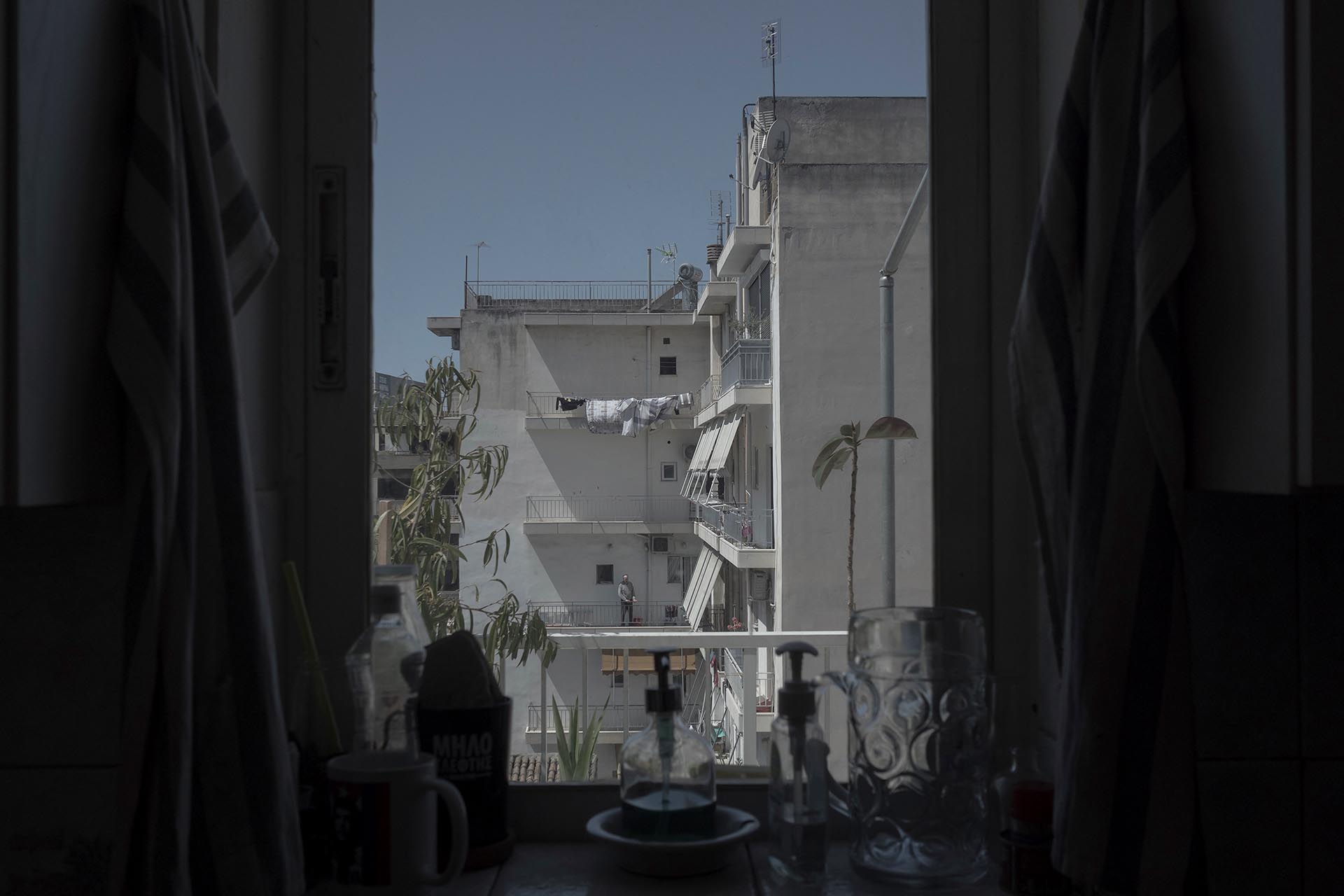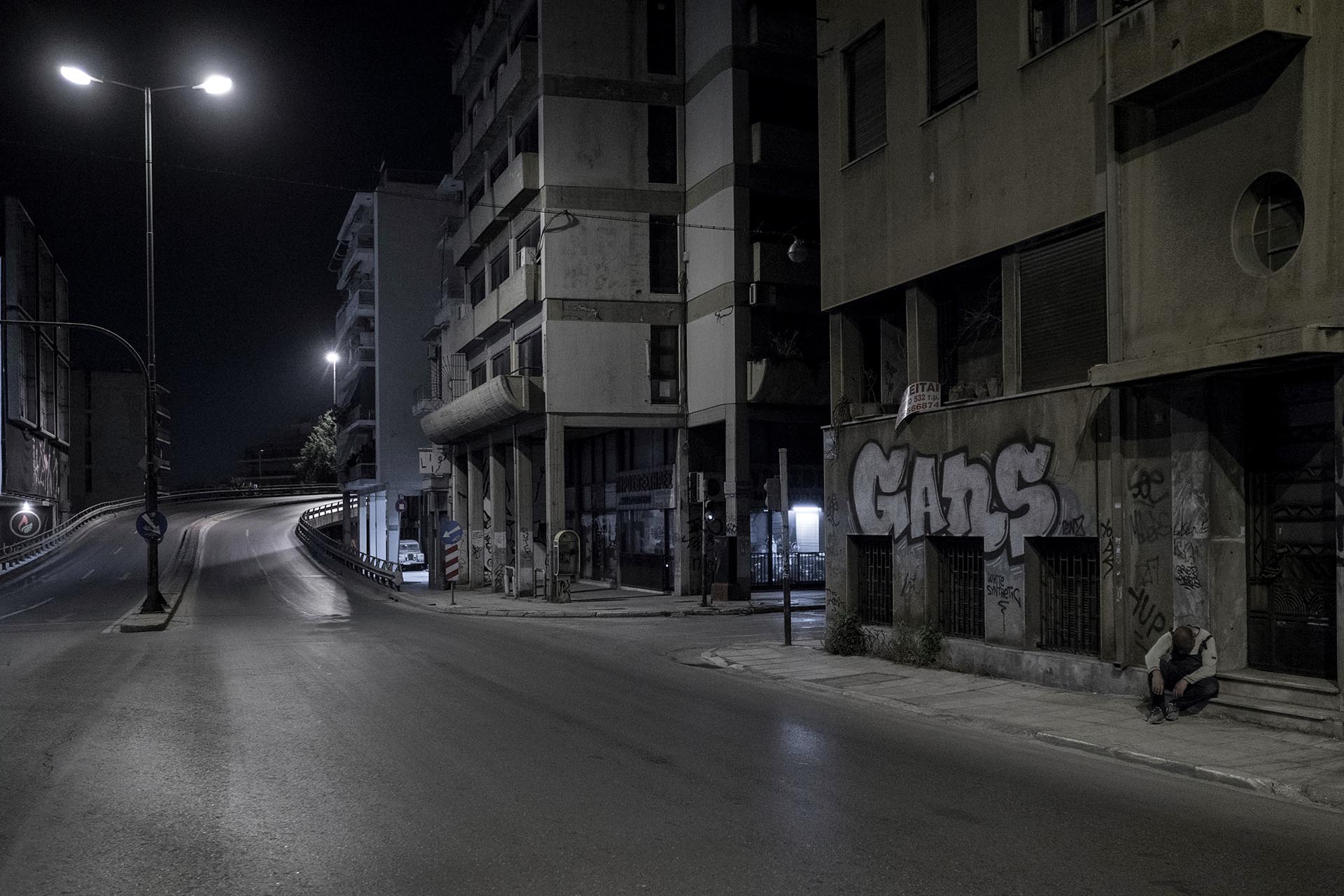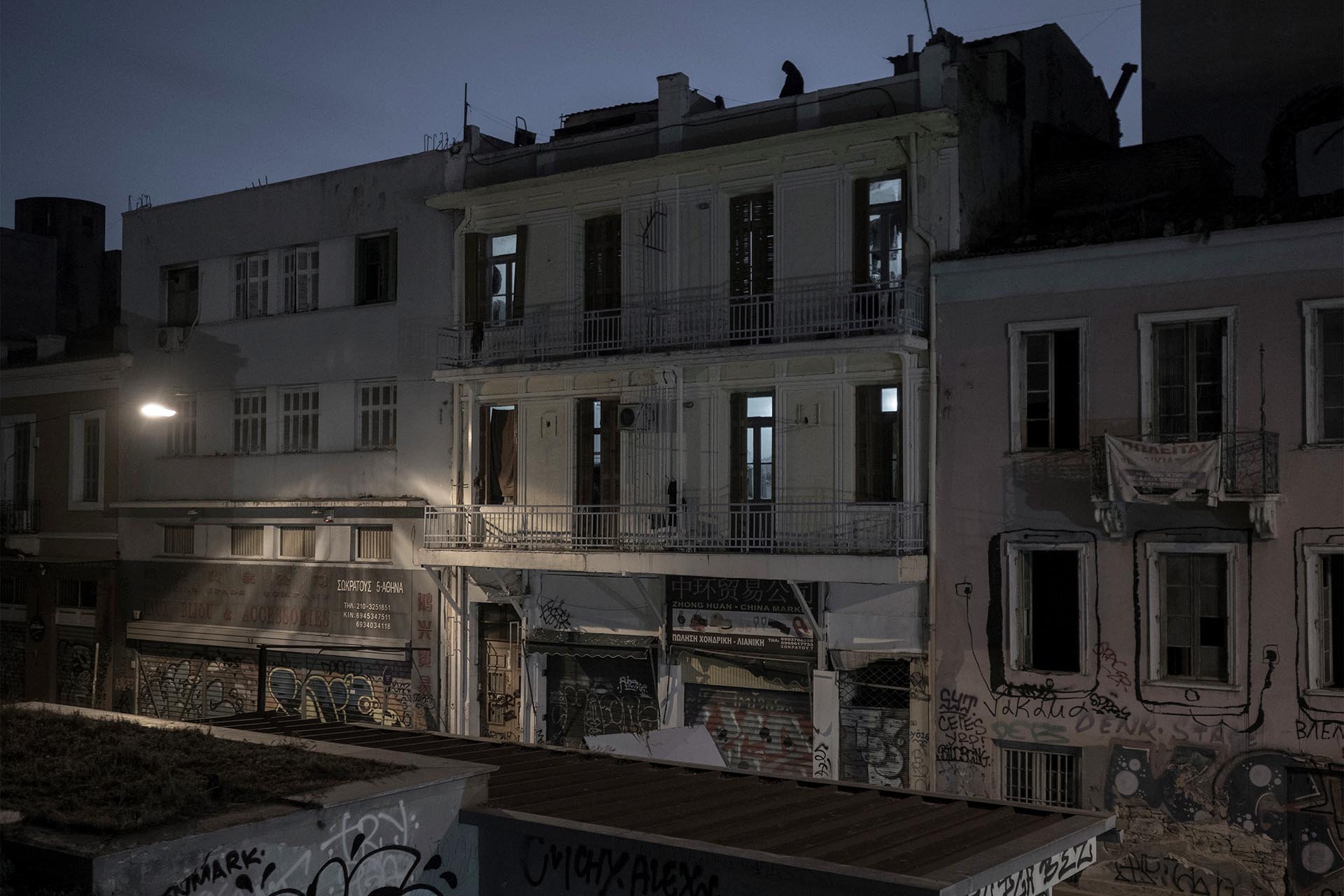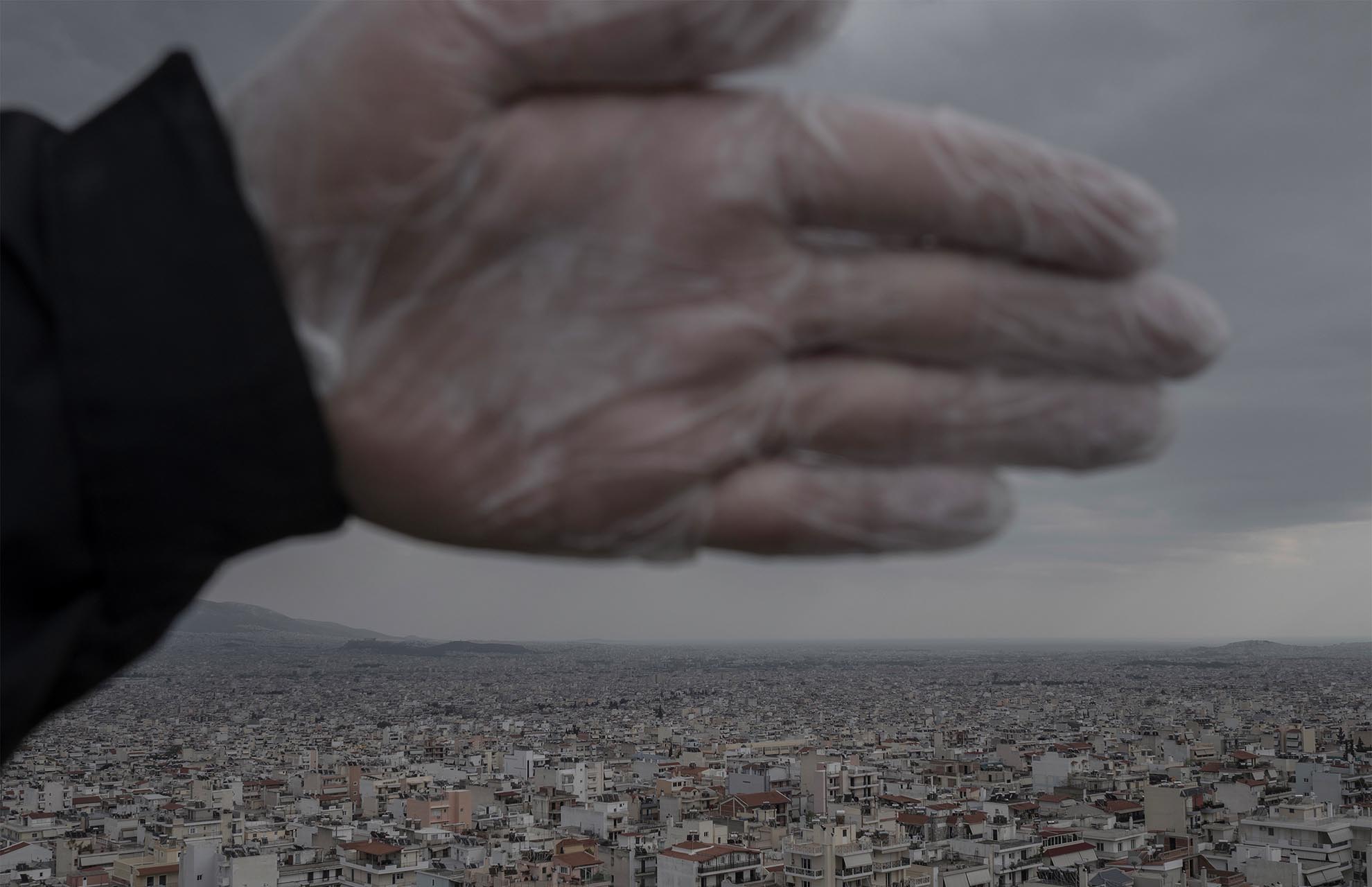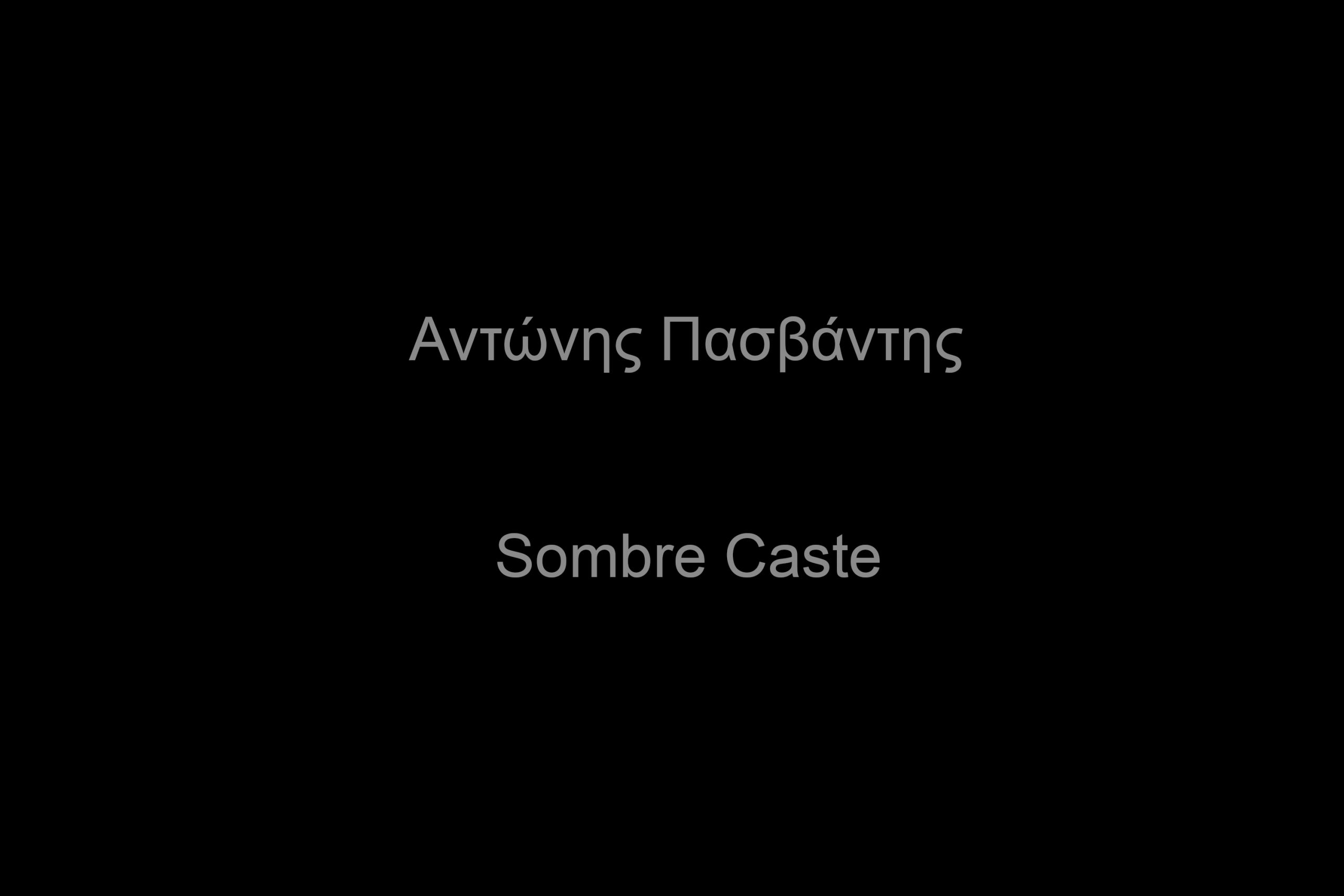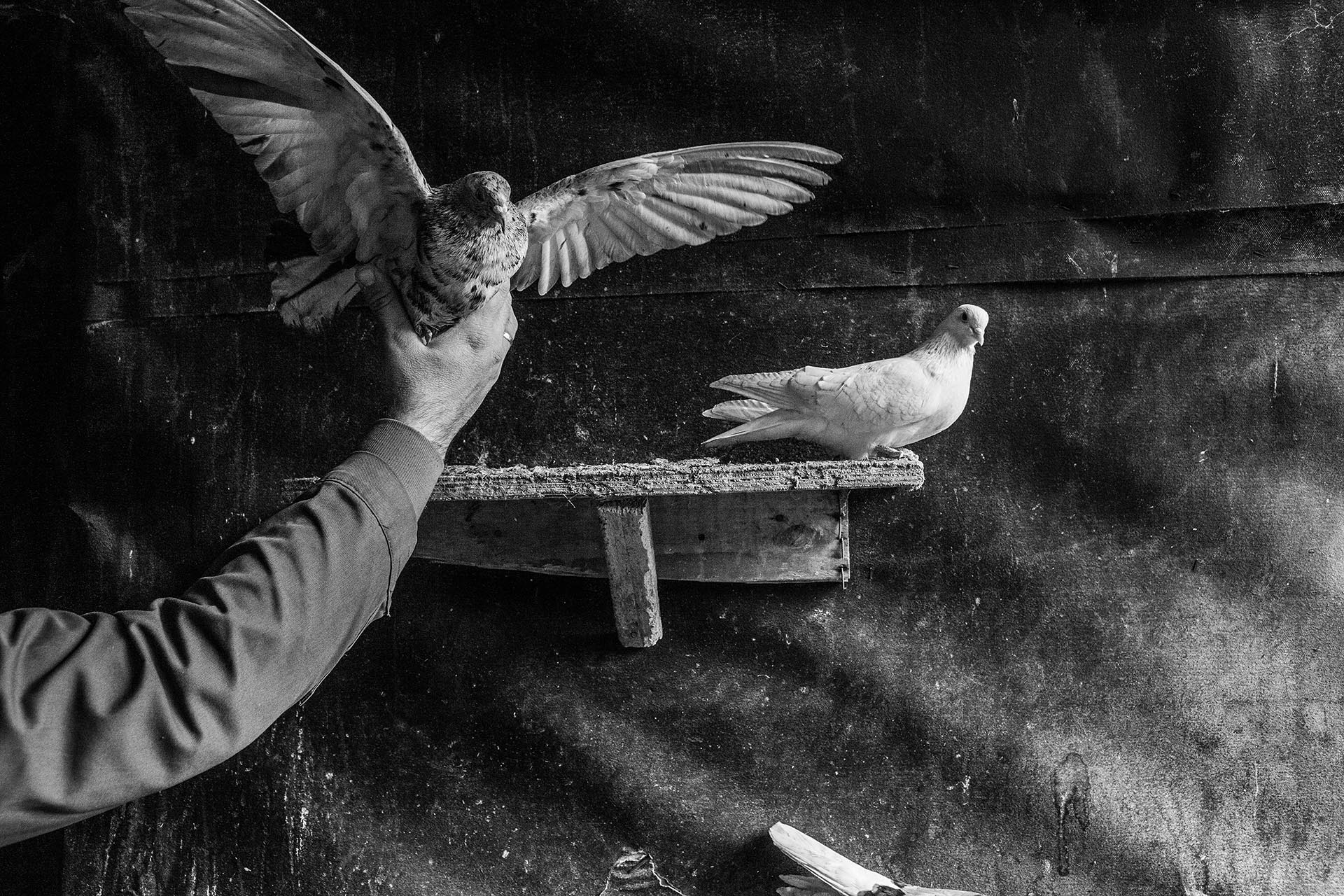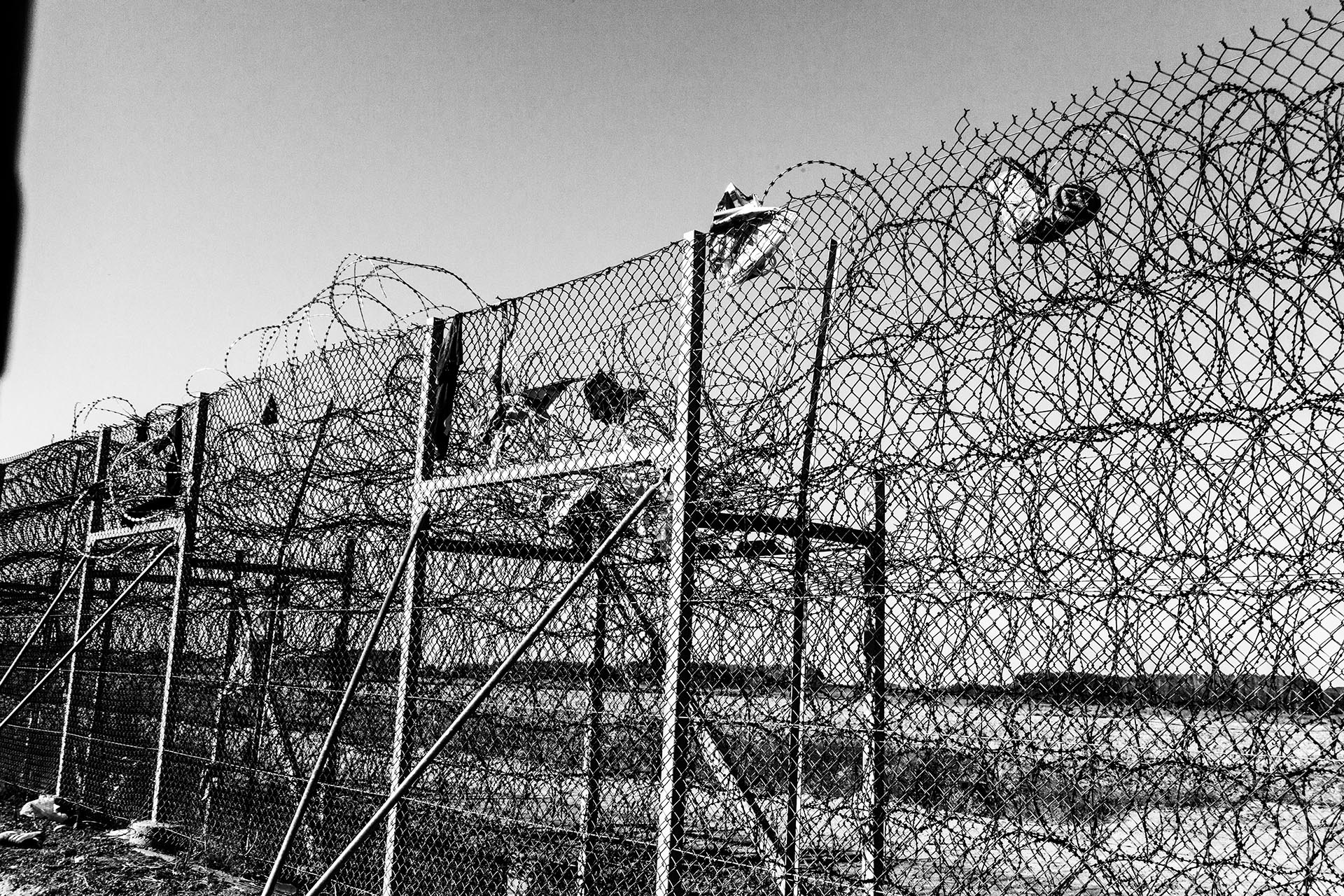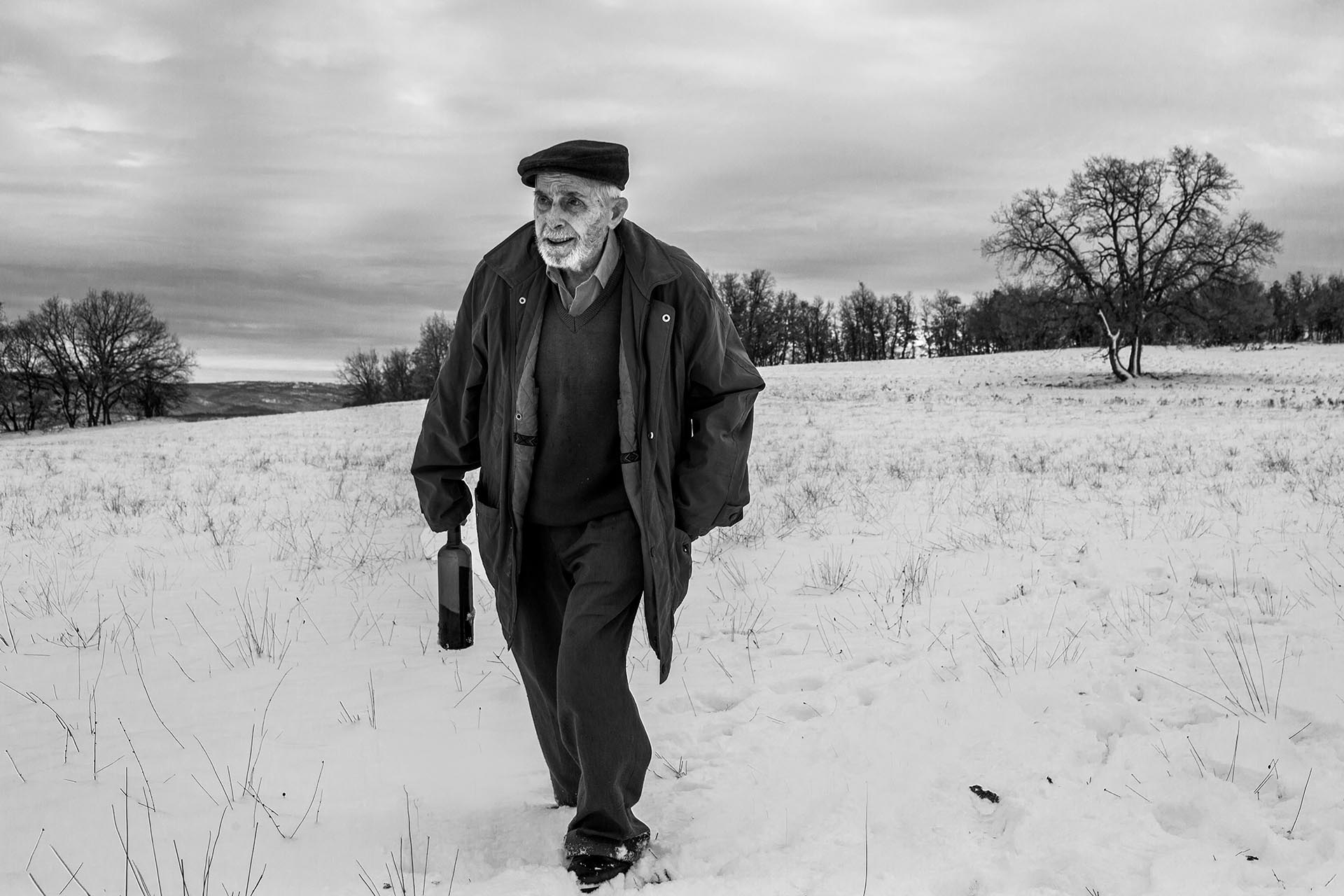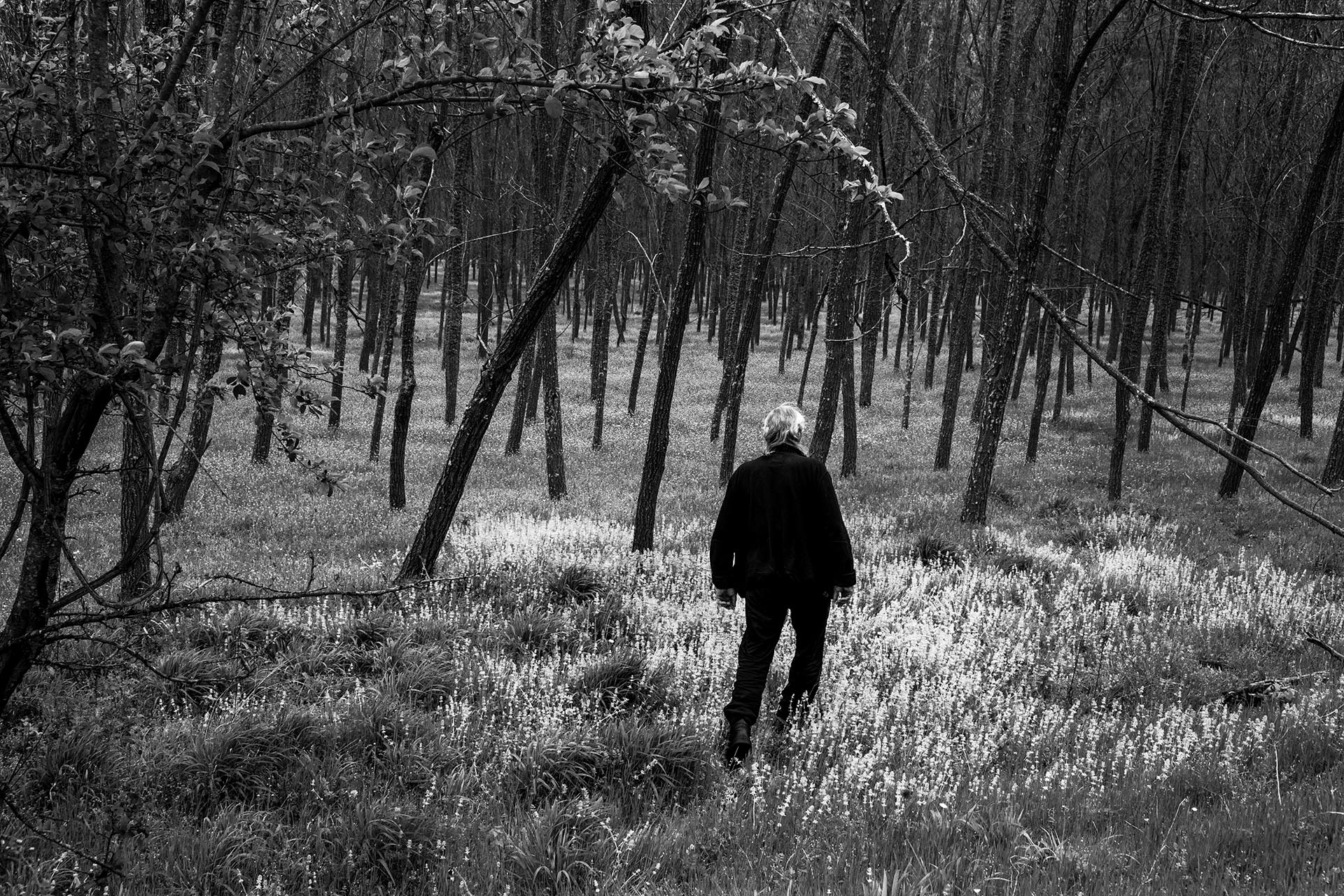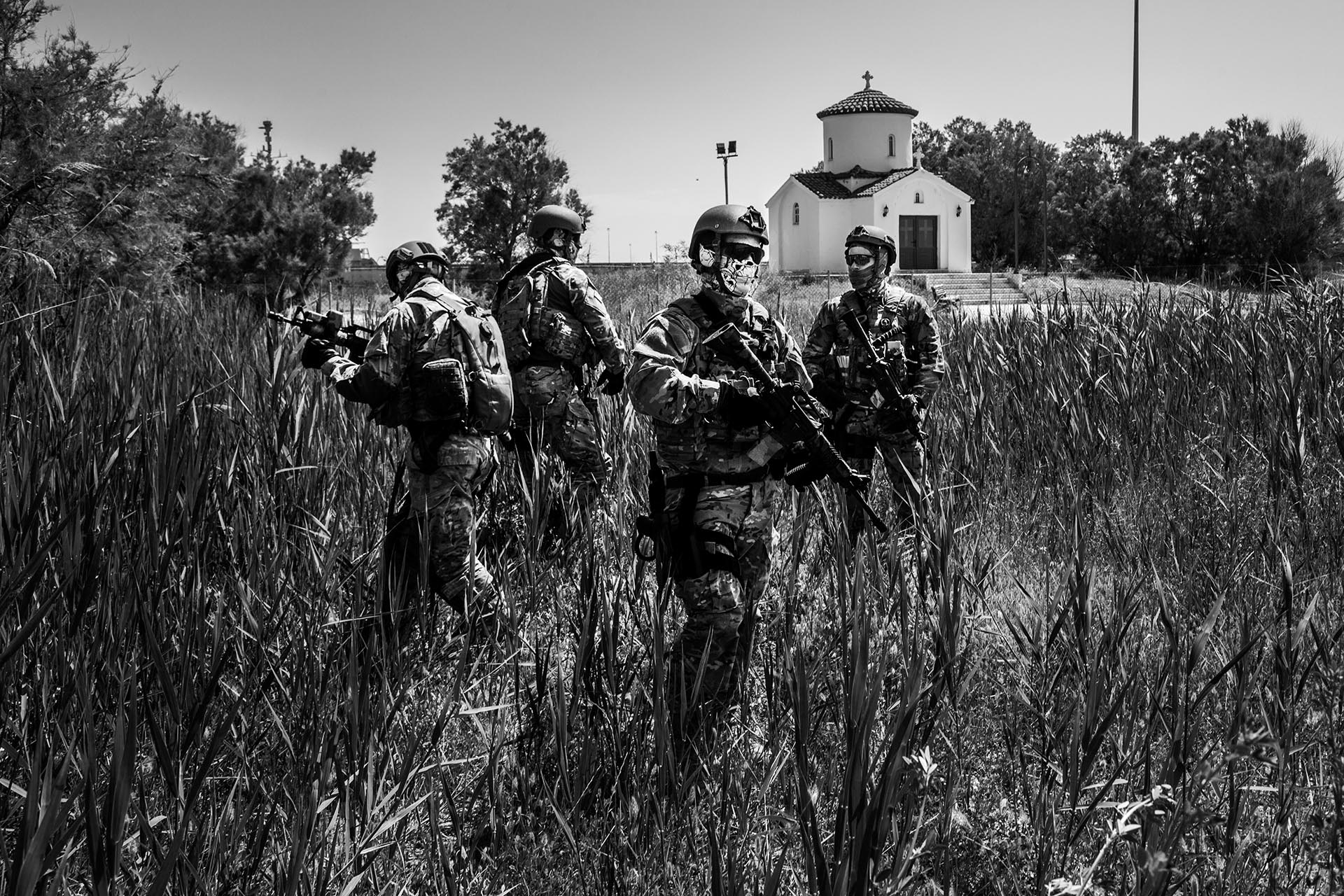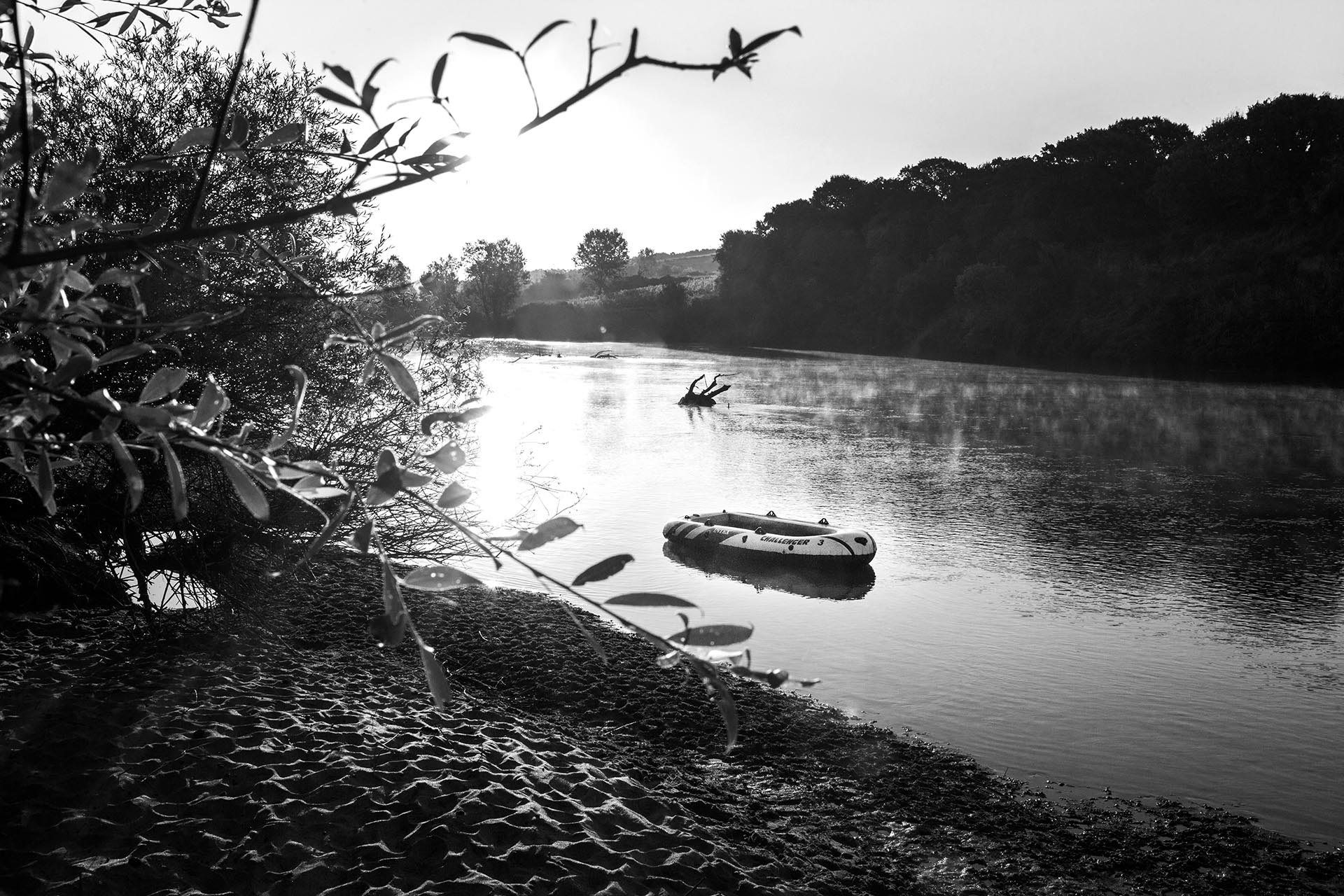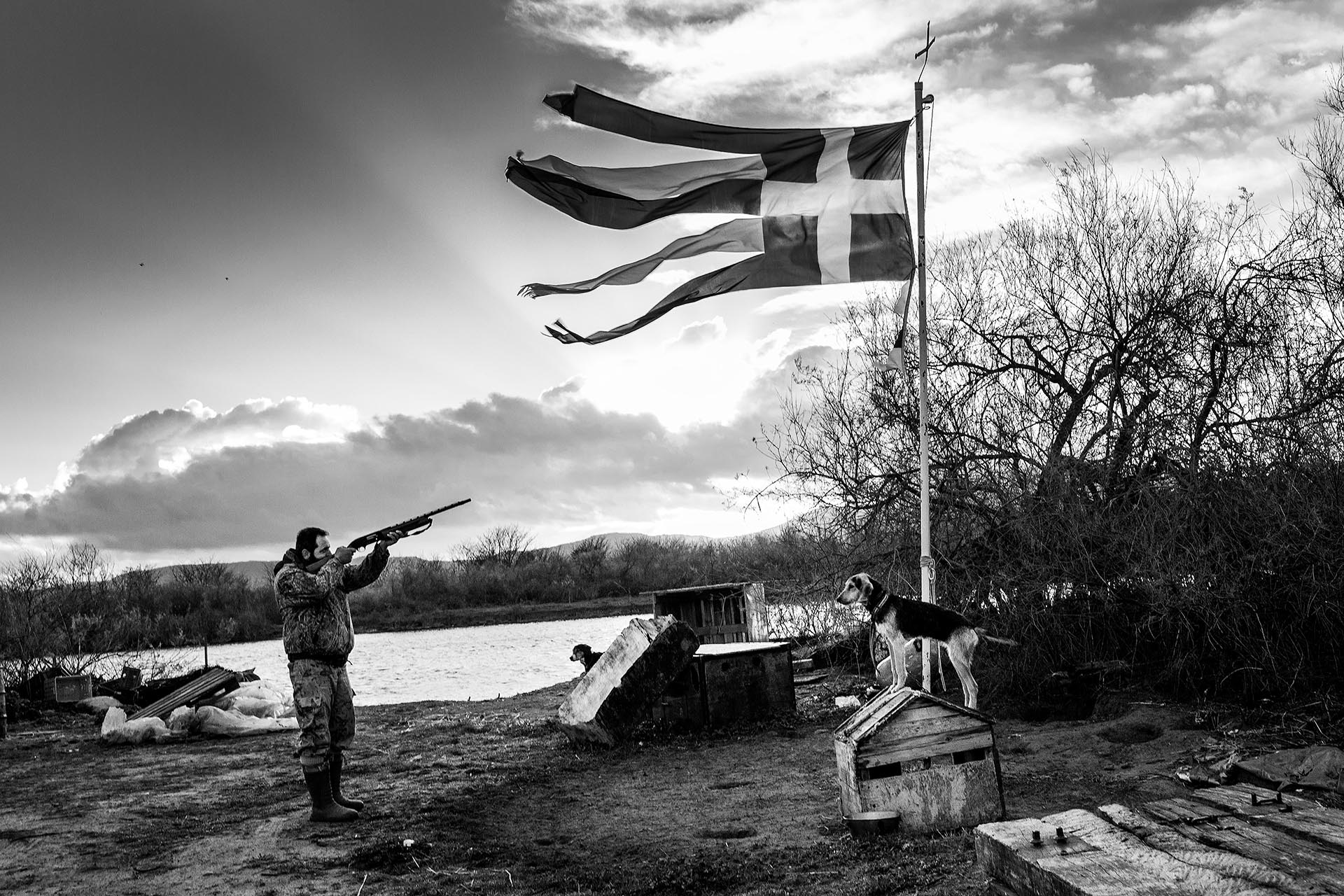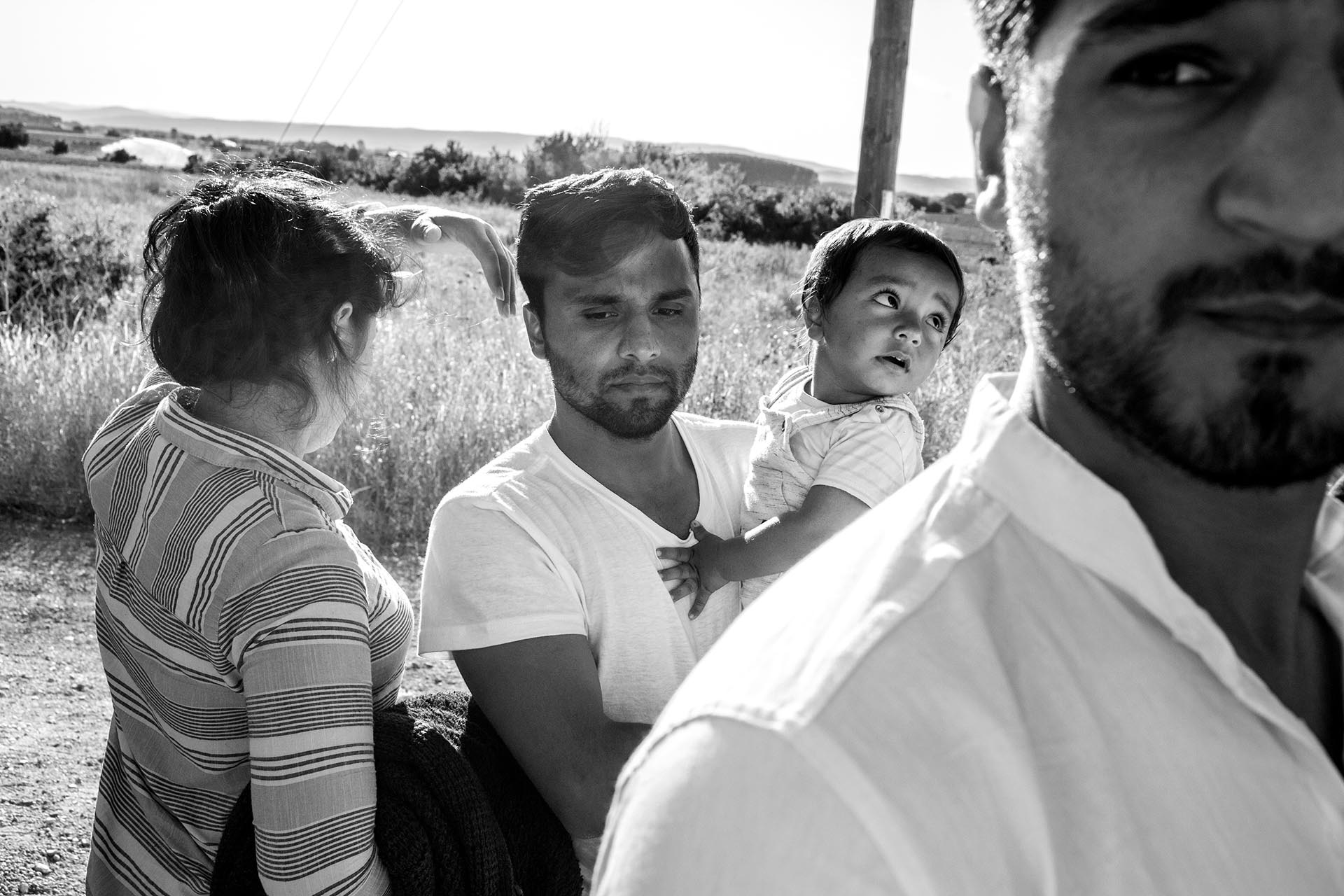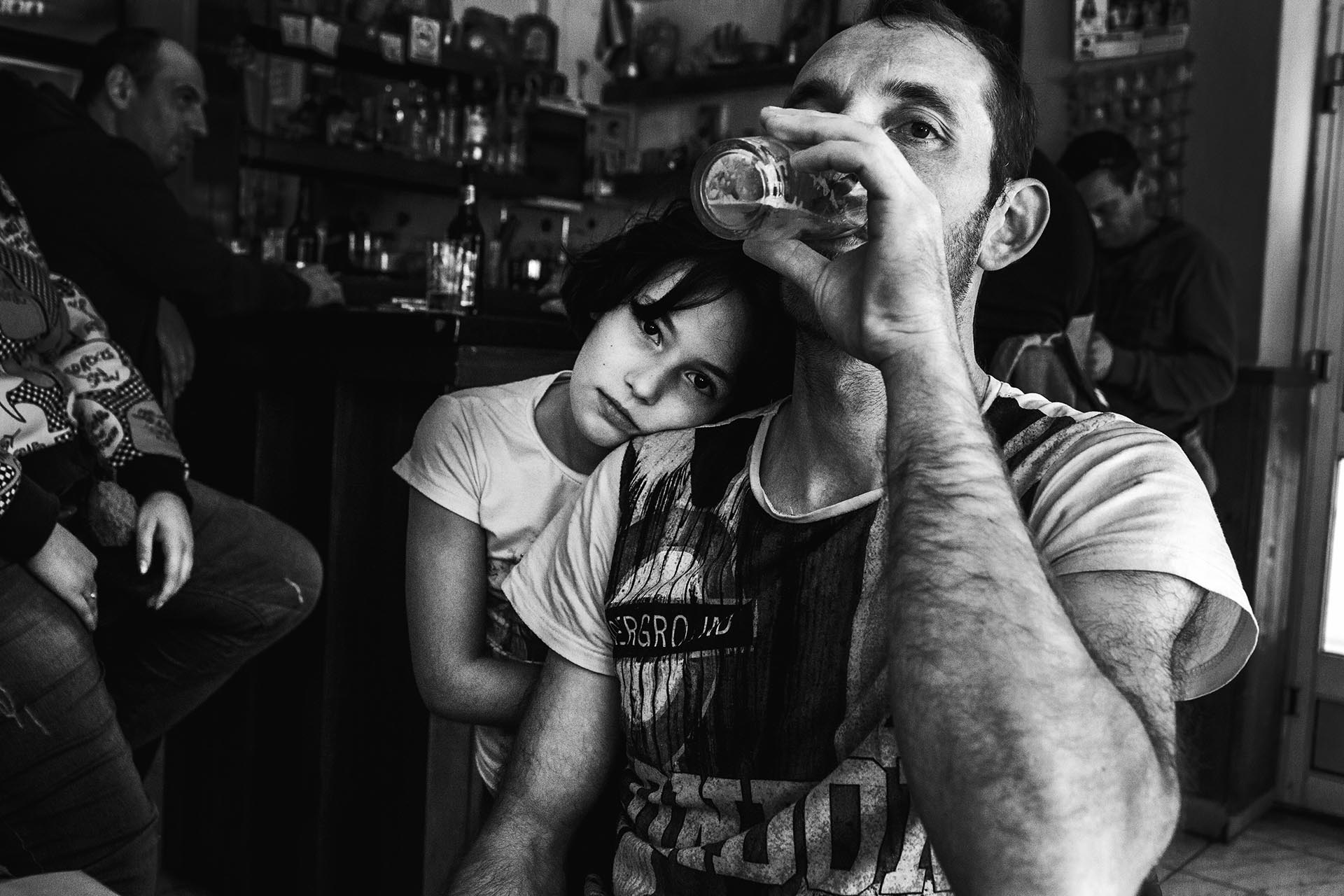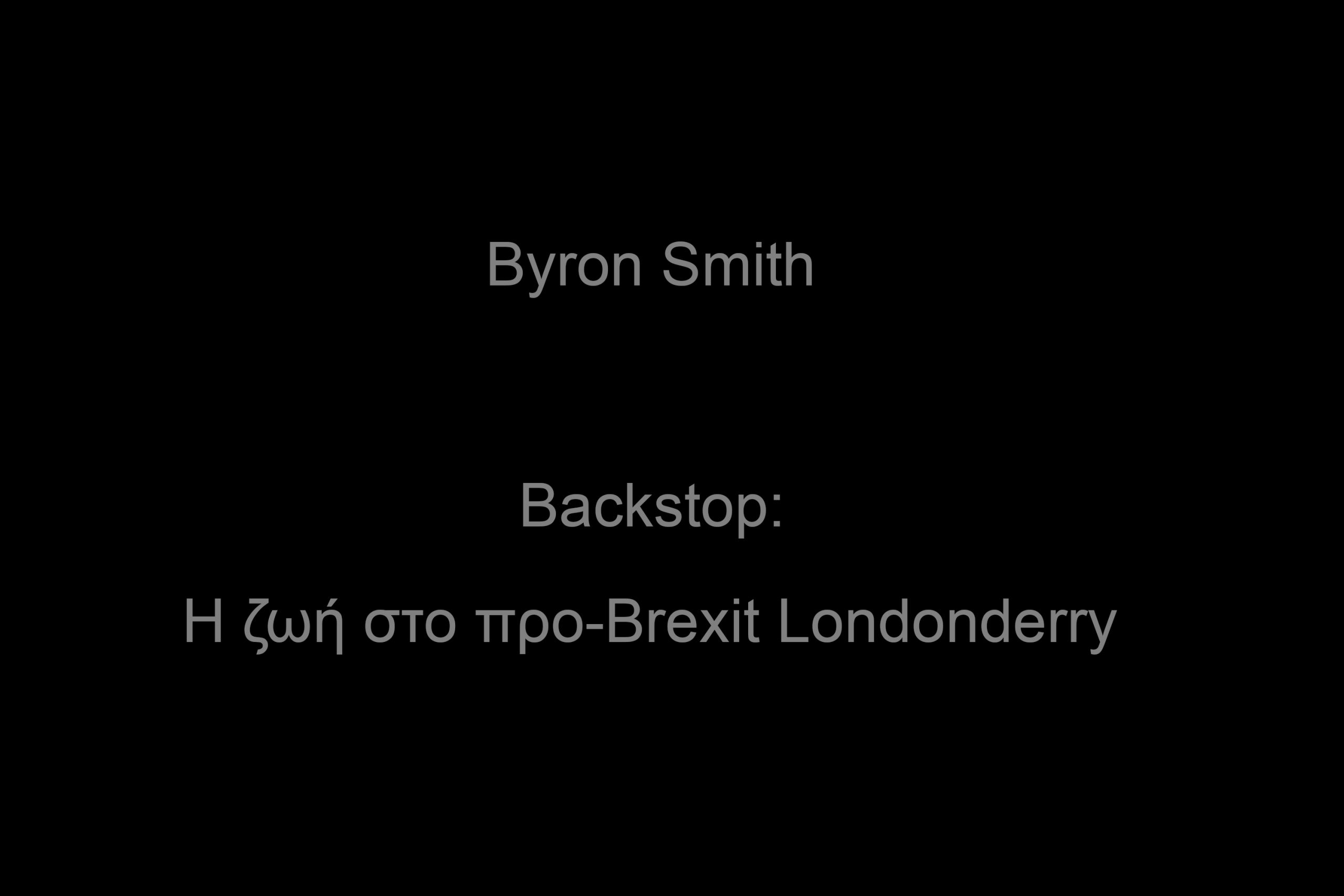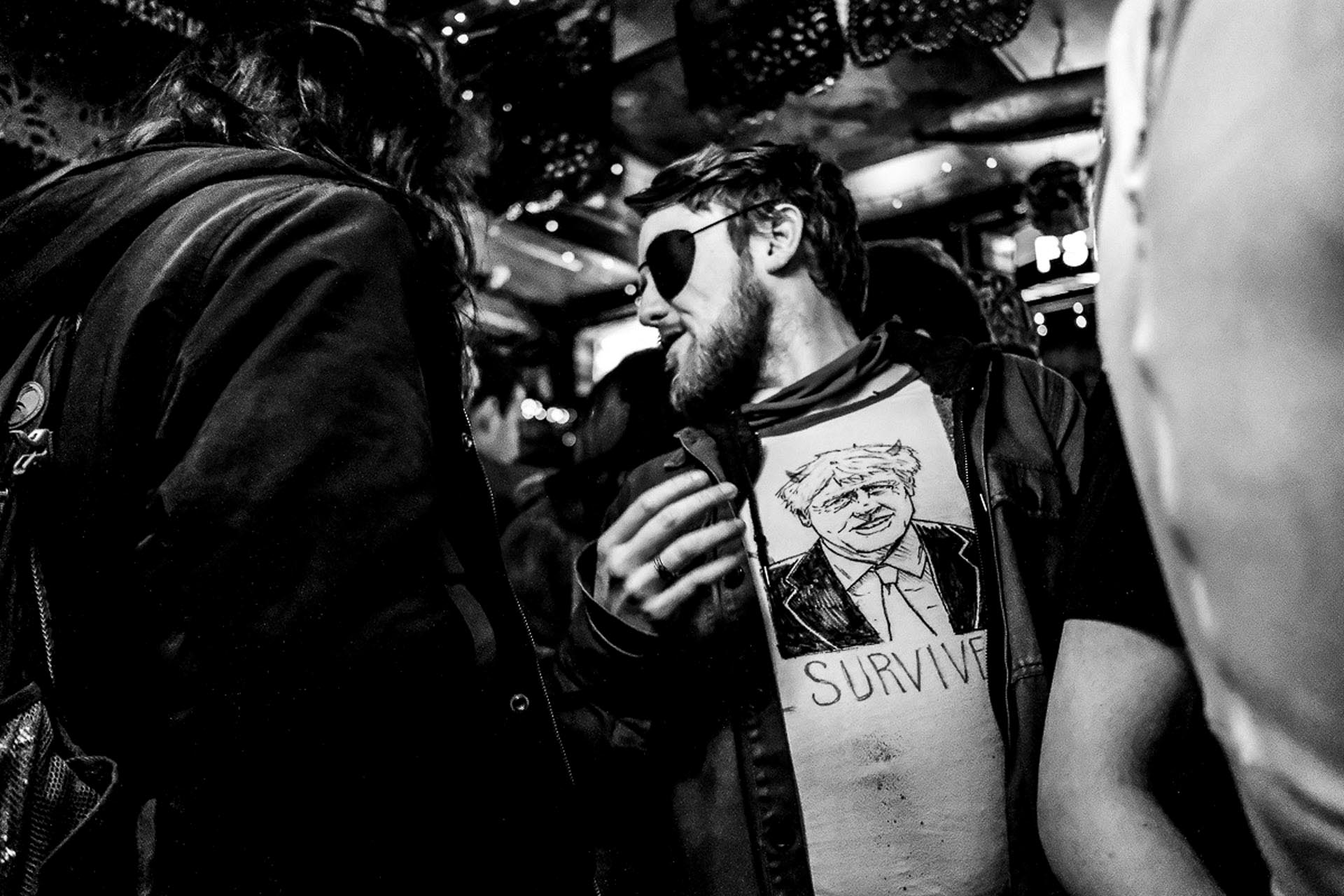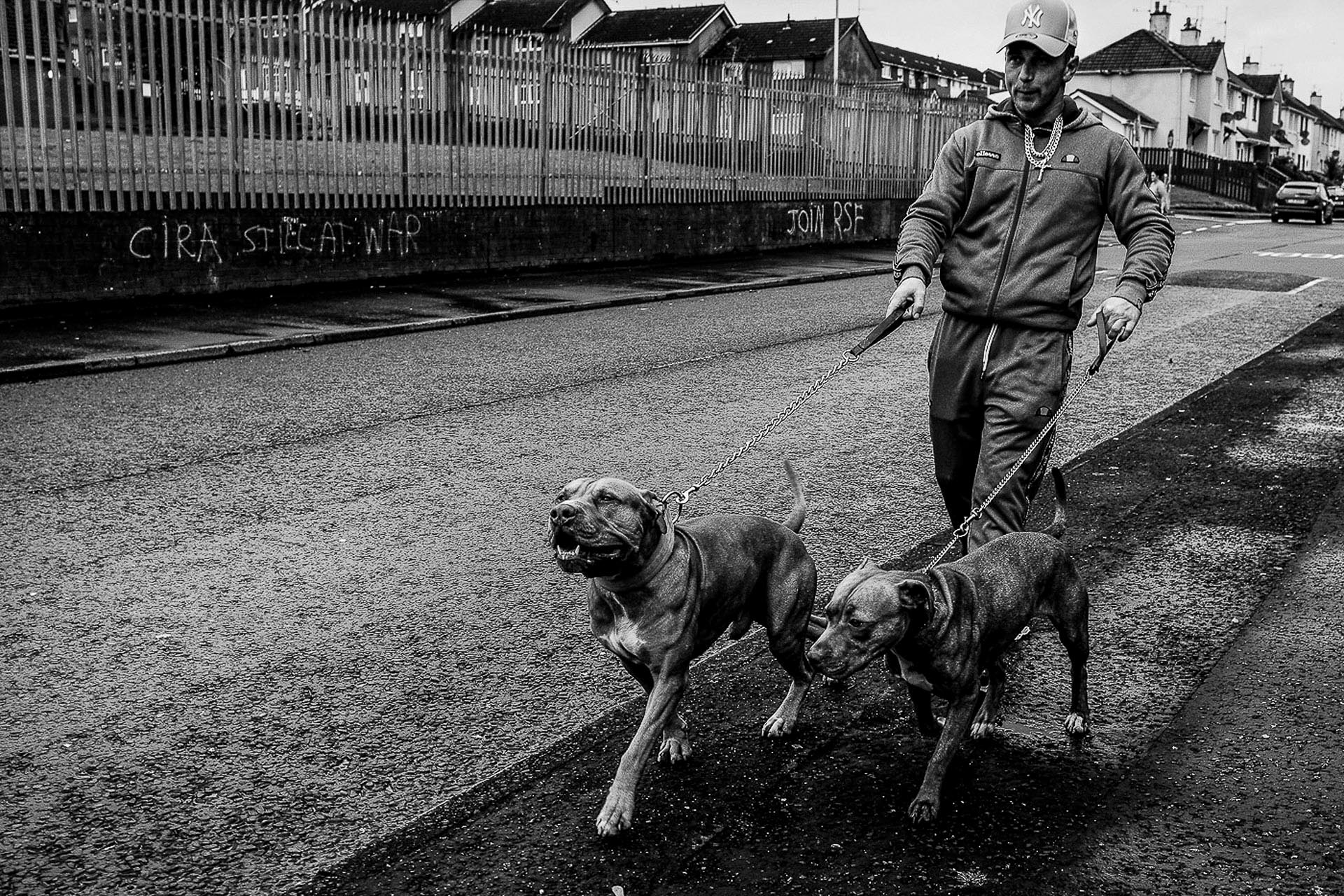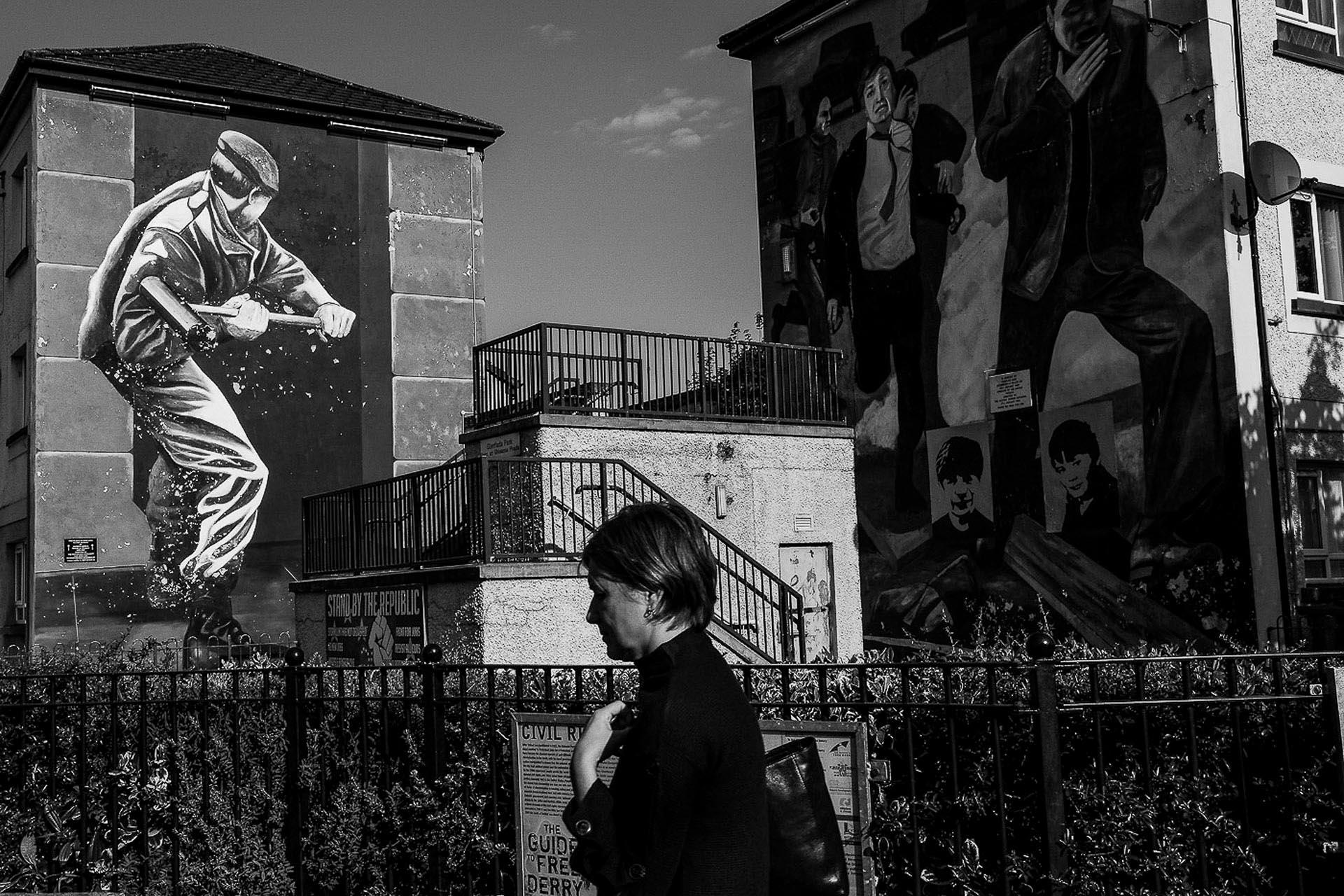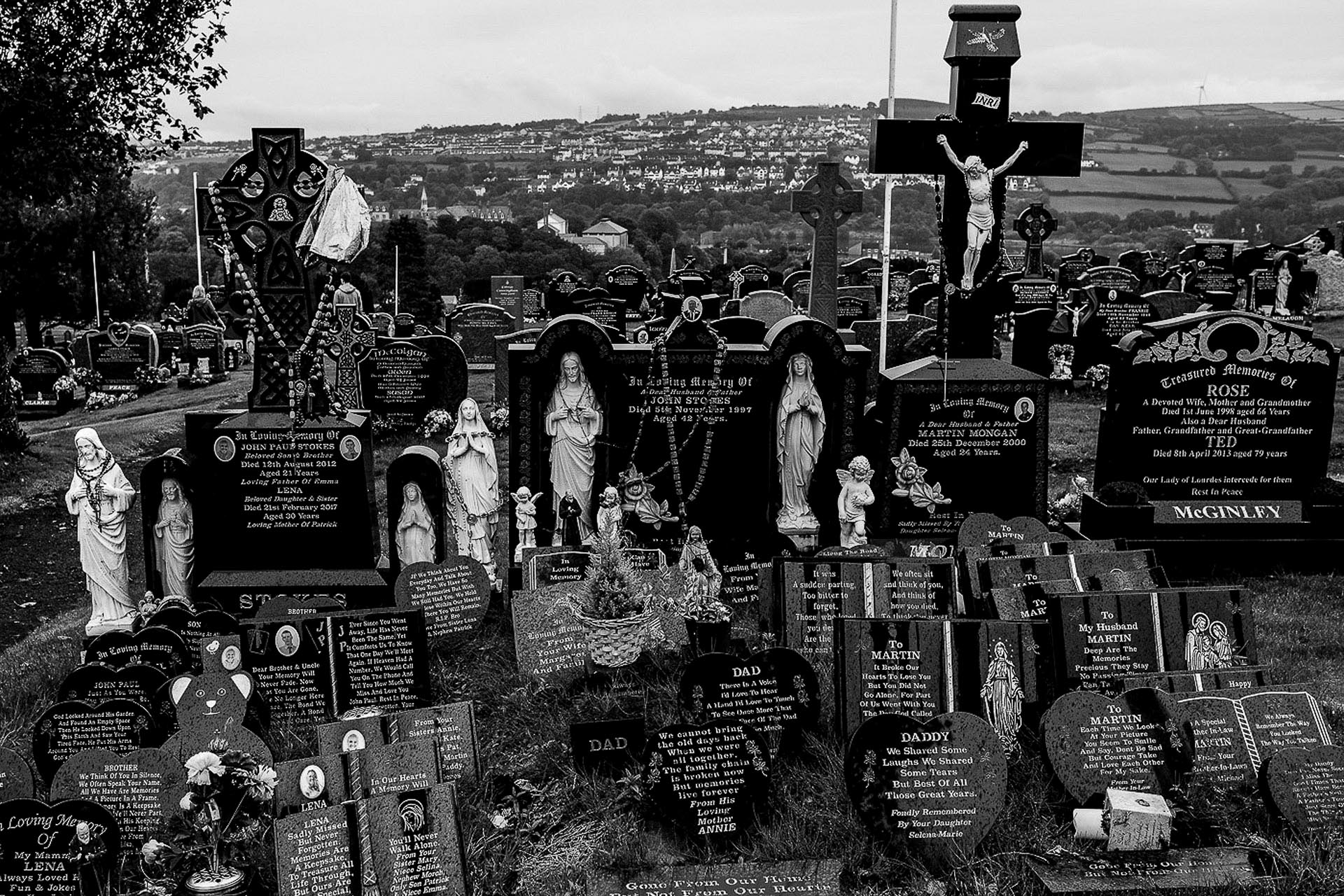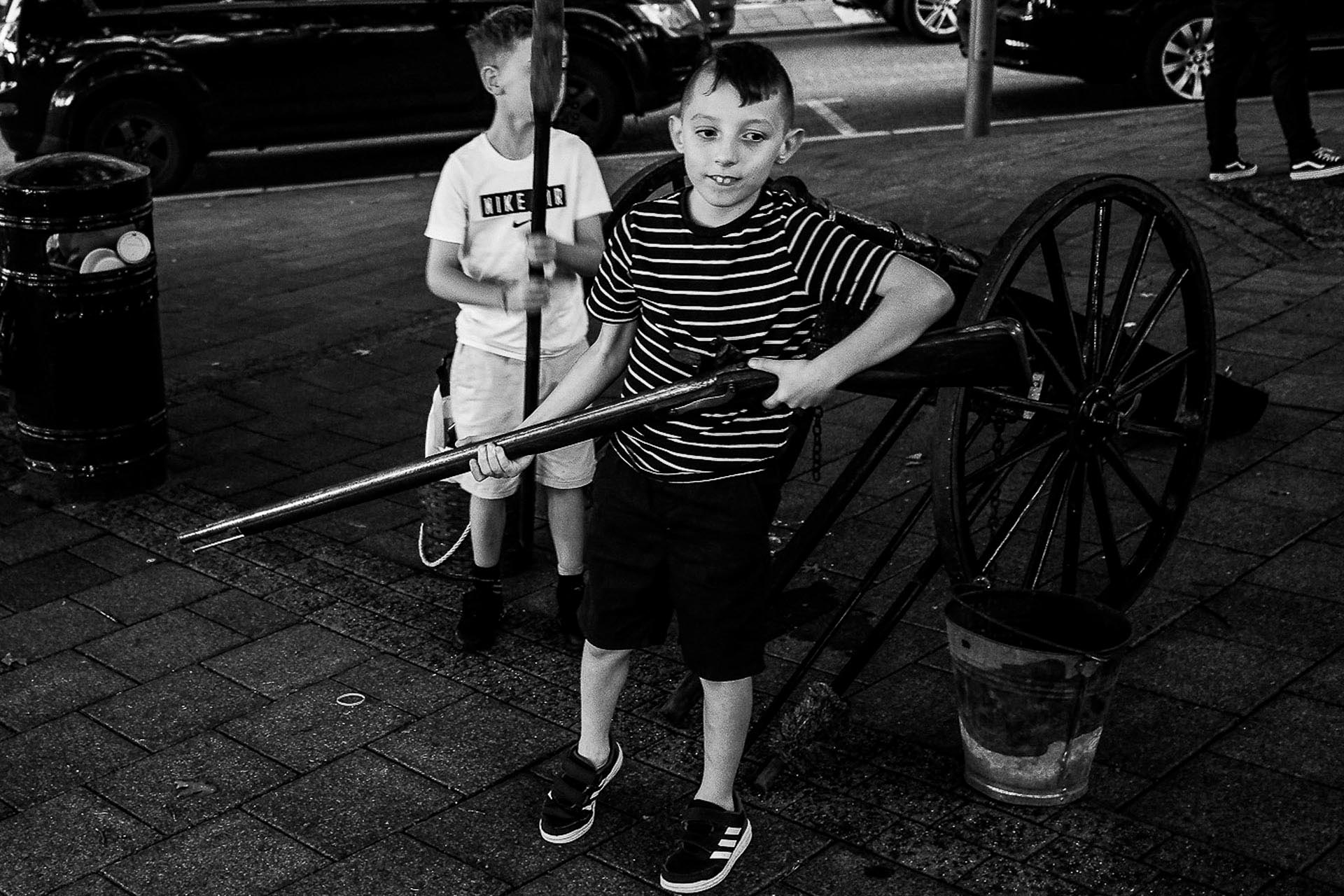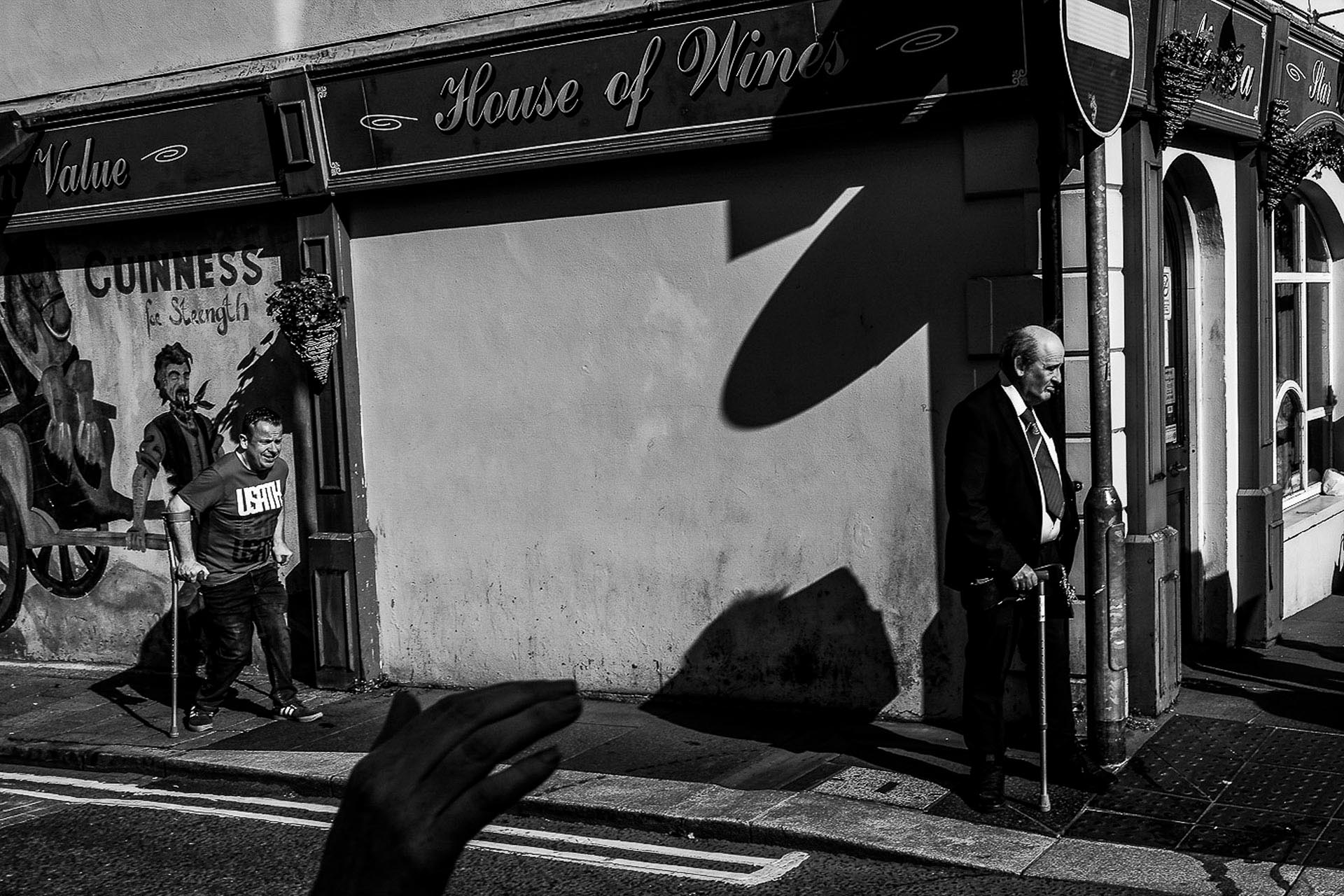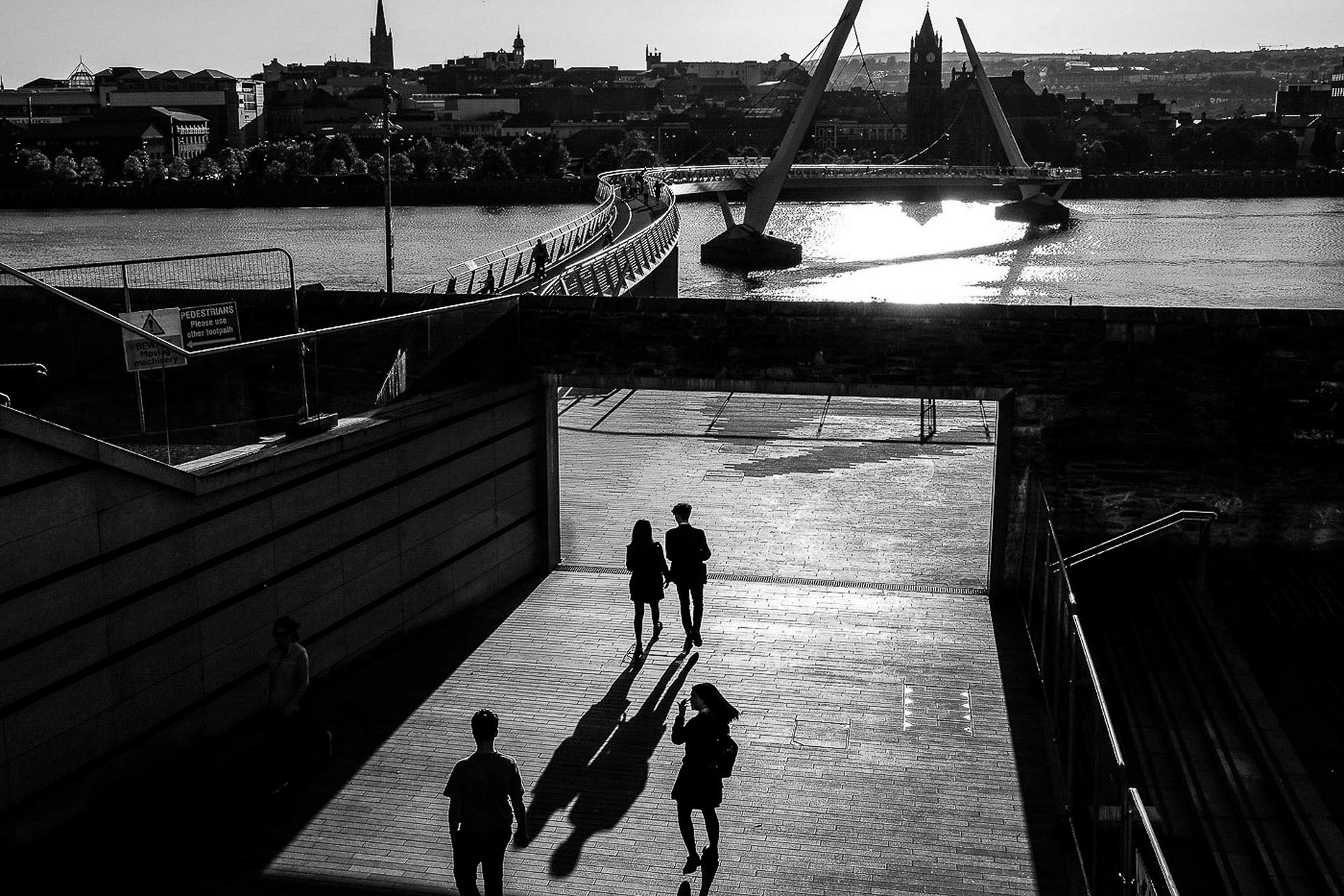Byron Smith (b. 1986) is an American freelance photographer based in Athens, Greece. With a background in history, he has put down the pen in favor of the lens to document these times. Before moving to Athens this past August he worked as a stringer in New York City since 2011.
His clients include The New York Times, Le Monde, Der Spiegel, Getty Images, The Wall Street Journal among others. Byron was apart of The New York Times Portfolio Review in 2017 and has been selected for the same review in 2020.
His work has been published with: Getty Images, The New York Times, The Wall Street Journal, The Sunday Times, The Guardian, Le Monde, Der Spiegel, and VICE.
Education 9/2004 – 5/2008 Boston University Boston, MA . Graduated with a B.S. in Journalism, Photojournalism Emphasis

